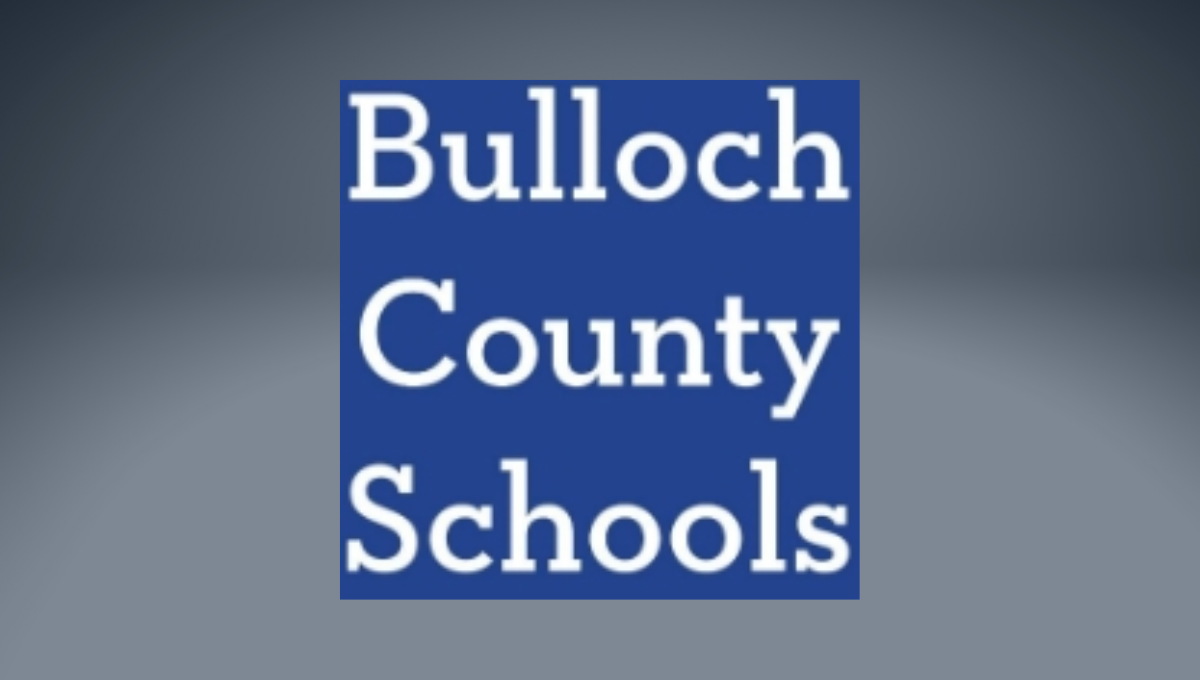Bulloch County Schools, the county’s local education agency, invites parents, guardians and the community to a public meeting on Wednesday, June 22 at 5 p.m., in the boardroom of the William James Educational Complex at 150 Williams Road in Statesboro.
The purpose of the meeting is to provide information on two key topics:
- Annual review of the Consolidated Local Education Agency Improvement Plan (CLIP); and
- District enforcement and planned use of the American Rescue Plan Act of 2021 Elementary and Secondary School Emergency Relief Fund (ESSER)
Consolidated Local Education Agency Improvement Plan
The CLIP combines school improvement planning requirements for all programs within the Every Student Succeeds Act and the Georgia Professional Learning Program. It eliminates the need for public school systems to submit separate plans for individual programs.
It has three main components:
- Individuals with Disabilities Education Act (IDEA) Plan Descriptors
- System profile
- Local Education Agency Implementation Plan.
The CLIP must be reviewed and approved annually for the school district to receive funding for its state and federal programs.
American Rescue Plan Act of 2021 Elementary & Secondary School Emergency Relief Fund (ESSER)
Federal COVID-19 stimulus relief ESSER funds provided a total of nearly $122 billion to states and school districts to help safely reopen, keep schools running safely, and address the impact of the coronavirus pandemic on the nation’s students. In addition they included $3 billion for special education, $2.75 billion to support non-public schools, and additional funding for homeless children and youth.
The U.S. Department of Education made $4.2 billion in ESSER funds available to the Georgia Department of Education. On March 25, 2021, the State Board of Education approved State School Superintendent Richard Woods’ recommendation to begin allocating funds to our state’s school districts.
According to a U.S. Department of Education fact sheet, school districts are required to set aside at least 20 percent of funds to “address learning loss through the implementation of evidence-based interventions and ensure those interventions respond to social needs, emotional and academic students and address the disproportionate impact of COVID-19 on subgroups of underrepresented students (each of the major racial and ethnic groups), children from low-income families, children with disabilities, English learners, gender, migrant students, homeless students, and children and youth in foster care).
The remaining funds are flexible and can be used to support other programs within the school district for at-risk student populations, distance or remote learning, school meals, mental and physical health, supplemental learning and address learning loss, facilities and equipment, continuity of staff and basic services, and more.
ESSER funds are allocated based on a district’s proportional share of Title I funds. For example, if a school district received two percent of Georgia’s total share of Title I funding in fiscal year 2021, it received two percent of the ESSER allocation. This funding formula is required by federal law.
Use of Bulloch County Funds
Bulloch County Schools’ administrators submitted plans to the Georgia Department of Education and to the Bulloch County Board of Education regarding the use of the school district’s ESSER funds. In part, over the next four years, the funds will be used to fund instructional coaches and climate specialists to serve all students, address learning loss due to COVID-19, and support the district’s multi-level support system for students. In addition, other elements such as summer learning opportunities and virtual school will also be charged to the grant.
The Georgia Department of Education has developed an online dashboard to provide a simple, transparent way for the public to see Georgia school districts’ federal COVID-19 relief funds. The dashboard shows the amount of Elementary and Secondary School Emergency Relief funds a school district has received, the amount of submitted budgets approved, and time remaining in the grant period. This information is also available on the school district’s website.








